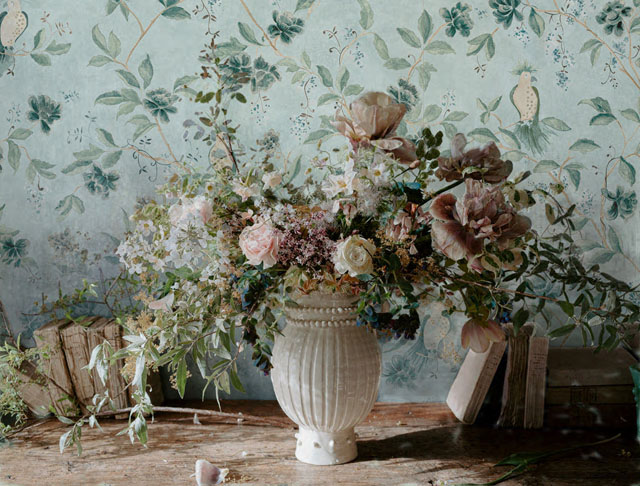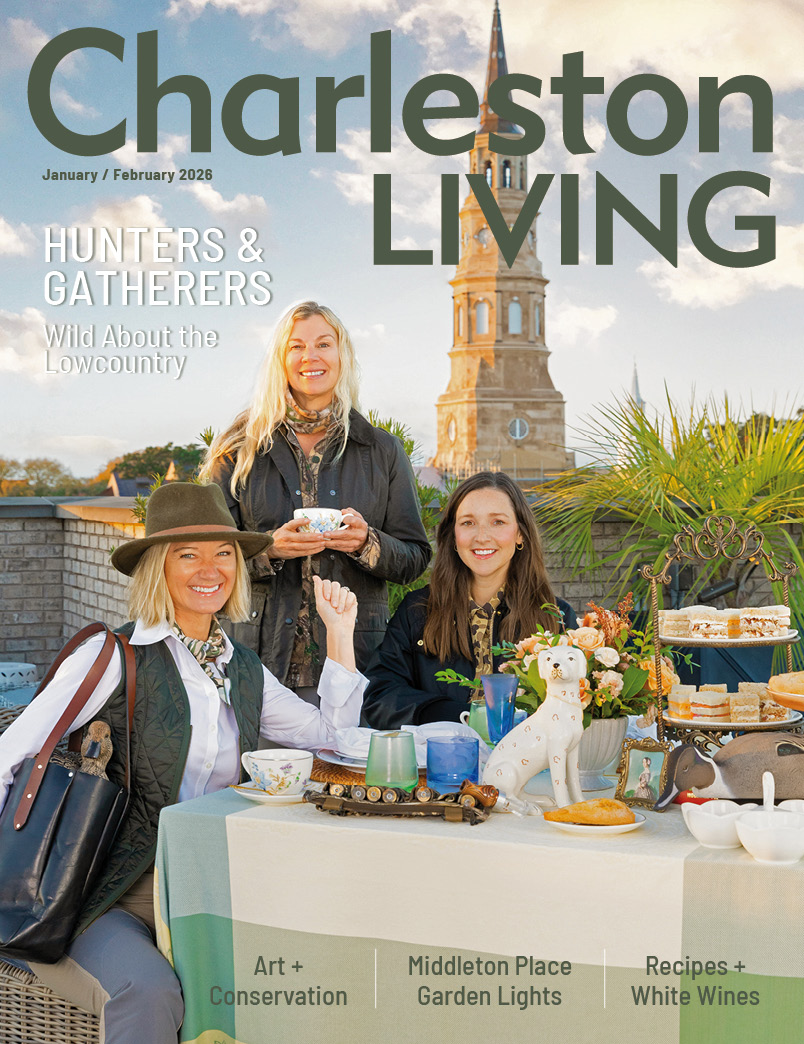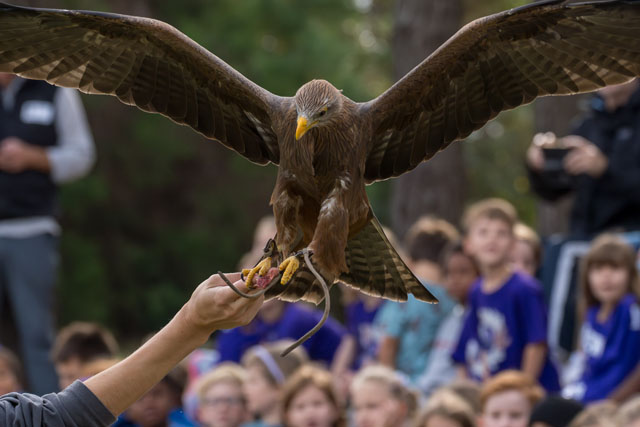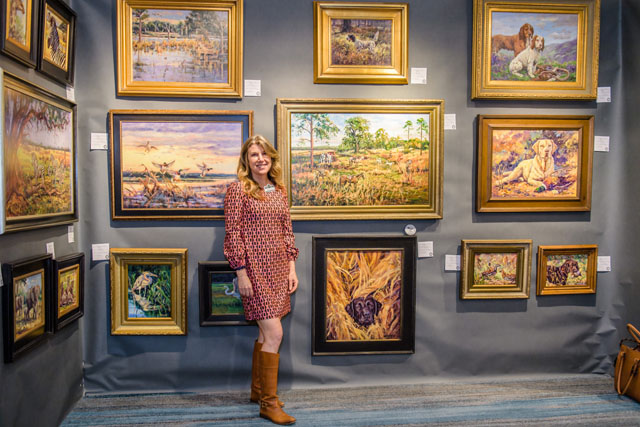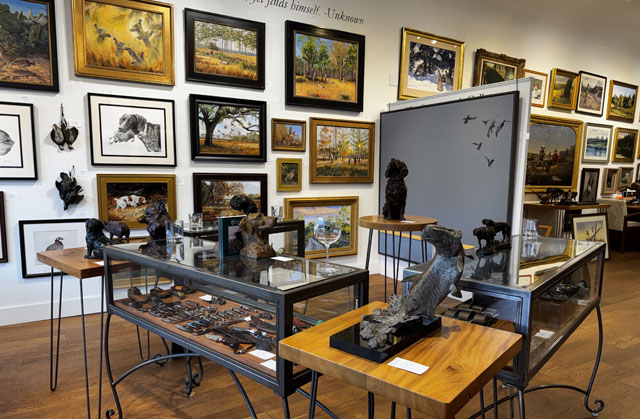Where the Buffalo Roam
02 Jul 2025
Unique history at Middleton Plantation
July-Aug 2025
Written By: By Tim Lowry | Images: Photo Libby Lowry
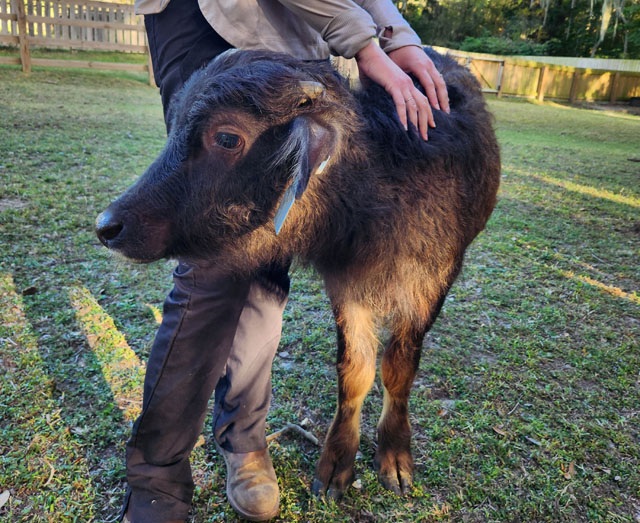
When folks visit a historic plantation, they often come with pre-conceived notions about what they will see. They imagine a fine mansion filled with antique furniture and centuries-old portraiture; they assume the house will be complimented by beautiful gardens with seasonal flowers and live oaks draped in Spanish moss. It is also assumed that historic interpreters will share information about the daily lives of the enslaved families that once served in the big house, worked the gardens and toiled in the fields. All are reasonable assumptions. However, folks tend to forget that a plantation was a working farm, and animals played a large role in the daily operation of these large-scale agricultural businesses.
The stable yard at Middleton Place Plantation offers many opportunities to learn about animal husbandry from the 18th and 19th centuries. When children stroll the grounds, they might be inspired to sing, “Mr. Middleton had a farm. E-I-E-I-O! And on that farm, he had some chickens, geese, ducks, pigs, sheep, goats, cows, horses — and water buffalo. E-I-E-I-O!” At first you might think the children have grown delirious under the heat of the South Carolina sun, but they would not be mistaken. Middleton Place is the only South Carolina plantation property to exhibit Asian water buffalo.
The inclusion of these exotic beasts is thanks to the late Dr. Hugh Pompenoe, a professor from the University of Florida with a passion for traditional farming methods. Early in his career, Dr. Pompenoe observed water buffalo working in the rice fields of Thailand. He was intrigued by these great beasts of burden that provided labor, meat and milk for the rice culture of Asia. Pompenoe went on to become a leading expert in the field of ethnoecology, the study of traditional farming methods in specific cultural and natural environments. He traveled aacross the globe, but always remained devoted to the 2,000-pound animals that he had seen ploughing the rice paddies of Asia. He eventually acquired some water buffalo of his own and began a breeding program, enthusiastically promoting the water buffalo’s finer qualities.
Though much larger than cattle, water buffalo tend to be gentle and well suited for pulling carts and ploughs. Natural foragers, they do not require rich grain and hay but will readily consume and extract nutrients from low quality fodder such as cat tails, water hyacinth and tree bark. Buffalo meat is considered a light protein with 55% fewer calories than beef. The milk has 30% less cholesterol than cow’s milk and is used to make the highest quality mozzarella cheese.
When Dr. Pompenoe discussed the benefits of using water buffalo as domesticated farm animals, he often mentioned that he was the first person to import the animals to the United States during the 1970s. But as he continued his research, he came across some documents that corrected his assumption. The first water buffalo imported to the United States were in fact brought from Constantinople to Middleton Place Plantation by Williams Middleton, the owner of the property around 1854. Eleven animals were listed in plantation records, and it is assumed that they were used to pull ploughs through the acres of rice that grew around the home. Water buffalo are choice for such work since they have wide feet which help them not to sink down into the mud. However, the herd’s tenure at Middleton Place was rather short due to the Civil War and the invading Union Army.
In February of 1865, Union troops ransacked the Middleton’s property, burning the house and pillaging the grounds. According to government reports, several of the water buffalo were driven off and five of them were butchered and roasted to feed United States soldiers. Eventually, three of the surviving animals were transported to New York and ended up on display at the Central Park Zoo where these prizes of war were noted as a “donation” and labeled “General Sherman’s Water Buffalo.” Two of the water buffaloes produced offspring, and these calves grew to be breeding stock, supplying other zoos around the country. After the war, Williams Middleton attempted to obtain compensation for the loss of his imported animals and noted in a letter that Major General Quincy Adams Gillmore had “intended to make a point of paying” but apparently, he never received any remuneration.
When Pompenoe learned these facts in 2008, he paid a visit to Middleton Place and made a gift of two calves named Adem and Berk. Stable yard staff began training the animals to walk together in a yoke, hoping to use them for demonstrating how water buffalo were used over 150 years ago in the cultivation of rice. However, wrangling water buffalo can be a challenge. The animals grow to a massive size and are crowned with an impressive set of horns. Williams Middleton noted in a letter written to his sister before the Civil War that he was “provoked and enraged exceedingly” upon learning that one of his animals had gored and killed a horse. However, he considered the water buffalo too valuable to destroy.
The current management of Middleton Place also sees great value in keeping water buffalo on site as a unique feature of the plantation’s history. Even though no one has suffered a goring, it was eventually determined that younger, smaller specimens would work best for museum purposes. Now the plantation fosters young calves after they are weaned and “gentles” the animals so that they are safe to be near the public. After calves are about half grown, they are returned to the breeder and exchanged for a new pair that will serve as ambassadors of history. The young buffaloes currently residing in the stable yards are named Yarlsburg and Maha — and unlike the more aloof milk cows or flighty chickens, they will happily meander over to the fence for a pat or head scratch when you visit.

